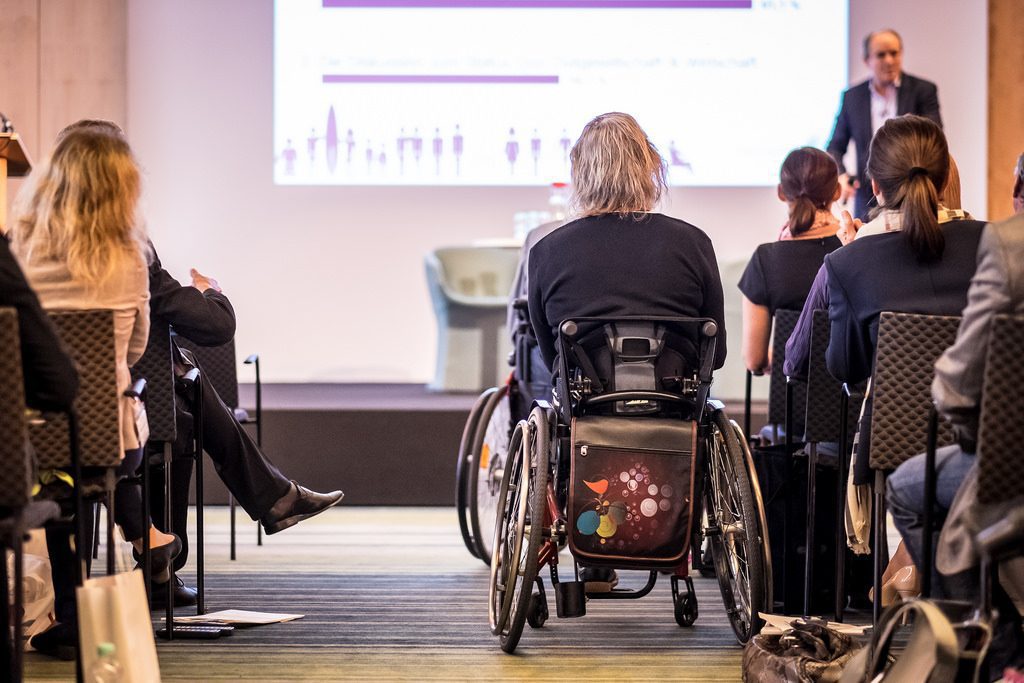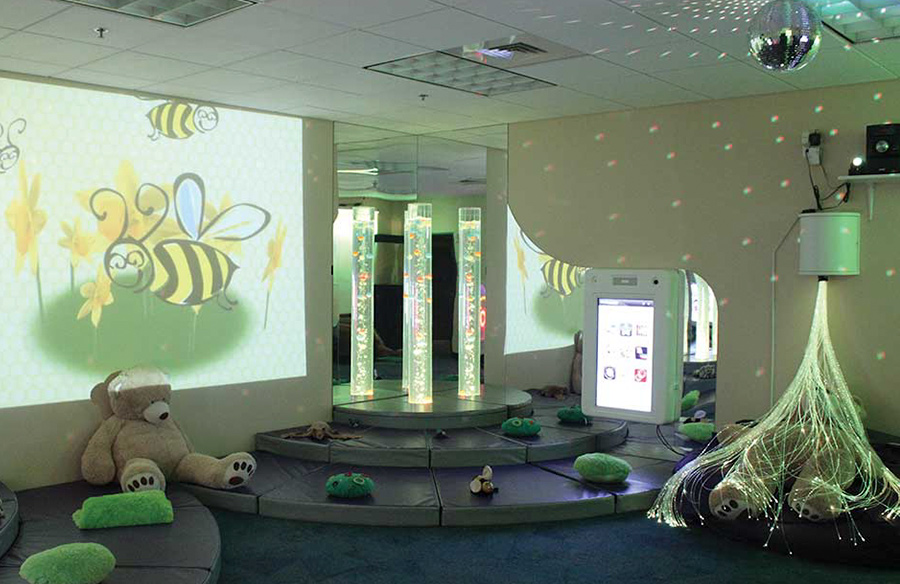How to Throw an Accessible and Sensory-Mindful Event
When you plan events, how much attention do you pay to accessibility and reasonable accommodations?
While some event planners pay credence to the ADA act, many unknowingly break guidelines that exist to ensure everyone can enjoy a dominant party, fundraiser, or festival.
As an event planner, you can step up and ensure that all attendees have a great time at your event. Making reasonable accommodations for folks with disabilities and sensitivities can be a real boon for your brand and the folks who come to your event.

Set Accessibility Goals
If it is your first time throwing an accessibility-oriented event, consider setting some realistic goals to keep you focused and on track to succeed. You may have a lot to learn before you can throw fully accessible, sensory-mindful events, so limit your scope a little and be honest about what you are yet to learn.
When considering accessibility goals, inspect the Americans with Disabilities Act (ADA) guidelines. ADA.gov provides guidance on how to make your event more accessible to folks with a range of disabilities.
After learning about accessibility and disabilities, set goals for your event that follow the SMART model. SMART stands for:
-
Specific
-
Measurable
-
Achievable
-
Relevant
-
Time-Bound
Setting SMART goals for your accessible and sensory-mindful event can help focus your efforts on achievable changes. Over time, you’ll become more familiar with accessibility issues, and can move beyond the basics of accessibility.
Basics of Accessibility
When hosting an accessible and sensory-mindful event, there are certain non-negotiable steps you must take. Ensuring you’ve covered the basics of accessibility is important if you plan on advertising your event as accessible, as falsely advertising accessibility will not reflect well upon your event.
The Venue
- Start by ensuring your space is wheelchair accessible. Most event spaces today are becoming ADA compliant and have ramps or lifts.
- Check the location of your event before you book anything to ensure that they have reasonable accommodations for folks with wheelchairs. This should include bathrooms, emergency exits, and access to seating.
Event Advertisements and visuals
How do you advertise your event? Can folks with audio or visual disabilities interact with your advertisements? Ensure that the materials you use to promote your event can be read by screen-readers and include subtitles.
Offer hybrid options for people that can't attend
The COVID-19 generated a boom in hybrid event planning. You can take advantage of the growth in digital events by offering a virtual alternative for folks who would prefer not to attend in person. This can be popular, as many folks want to attend without the hassle of transport.
Sensory Spaces
When considering accessibility, many event planners forget the needs of folks with sensory sensitivities. Of course, if you’re throwing a light show or a fireworks' event, you can’t tone down the sensory experience.
However, you can be upfront and honest about the intense sensory experience you have lined up.
If parts of your event are not appropriate for folks with sensory sensitivities, create sensory spaces that limit the use of light and loud noises. This can allow folks to attend the parts of your event that they want to see. However, you ensure that these spaces are completely safe for attendees, as you cannot risk their health and wellness.
If you create a sensory-mindful event, tell your guest speakers or performers that the event is sensory-mindful. The last thing you want is for a presenter to line up strobe lighting and heavy bass for their entrance. You can also use signage to remind attendees not to use flash photography during your event.
Swag and Perks
Swag and perks are an integral part of any significant event. Leaving a business seminar with a bagful of stationery is rewarding, and everyone loves a free t-shirt or a mug.
When choosing swag for your event, be mindful of sensitivities and potential hazards. Itchy or uncomfortable clothing can put off potential customers, even if it is free. Many consumers say the quality of promotional items impacts brand reputation. Go all in on your t-shirts to ensure everyone wants to wear them after your event ends.
Giving gifts that cater to folks with disabilities ensures everyone feels welcome at your event. Even slight gestures can go a long way. You can always include your typical swag, too, as everyone appreciates small, quality gifts that are appropriate for all abilities.
Conclusion
As an event organizer, strive for all of your events to be accessible. Promoting accessibility will open up a new audience to you and will help everyone feel welcome.
You can ensure that your events are accessible for all by adopting ADA practices and foreground accessibility in your decision-making process. Make it easier on yourself by working with locations that already have accessibility options in place, like ramps and disabled toilets.
Remember to account for folks with sensory sensitivities, too. You can provide sensory rooms for folks who may need time away from bright lights and loud music, and should remind all attendees to refrain from flash photography and other sensory triggers.
 Author: Miles Oliver
Author: Miles Oliver
Miles is an independent writer with a background in business and passion for tech, psychology, news, and simply helping people live happy and fulfilled lives. He has lived and traveled all over the United States and continues to expand his awareness and experiences. When he is not writing, he is most likely mountain biking or kicking back with a cup of tea.





